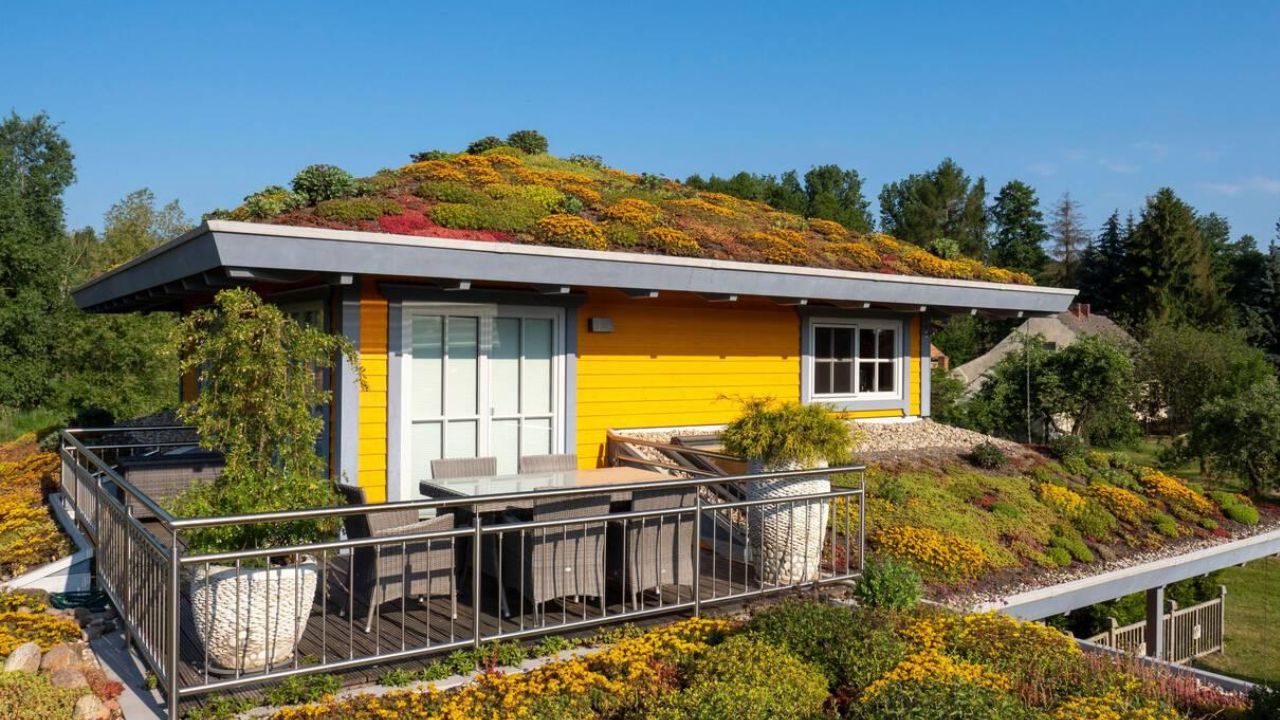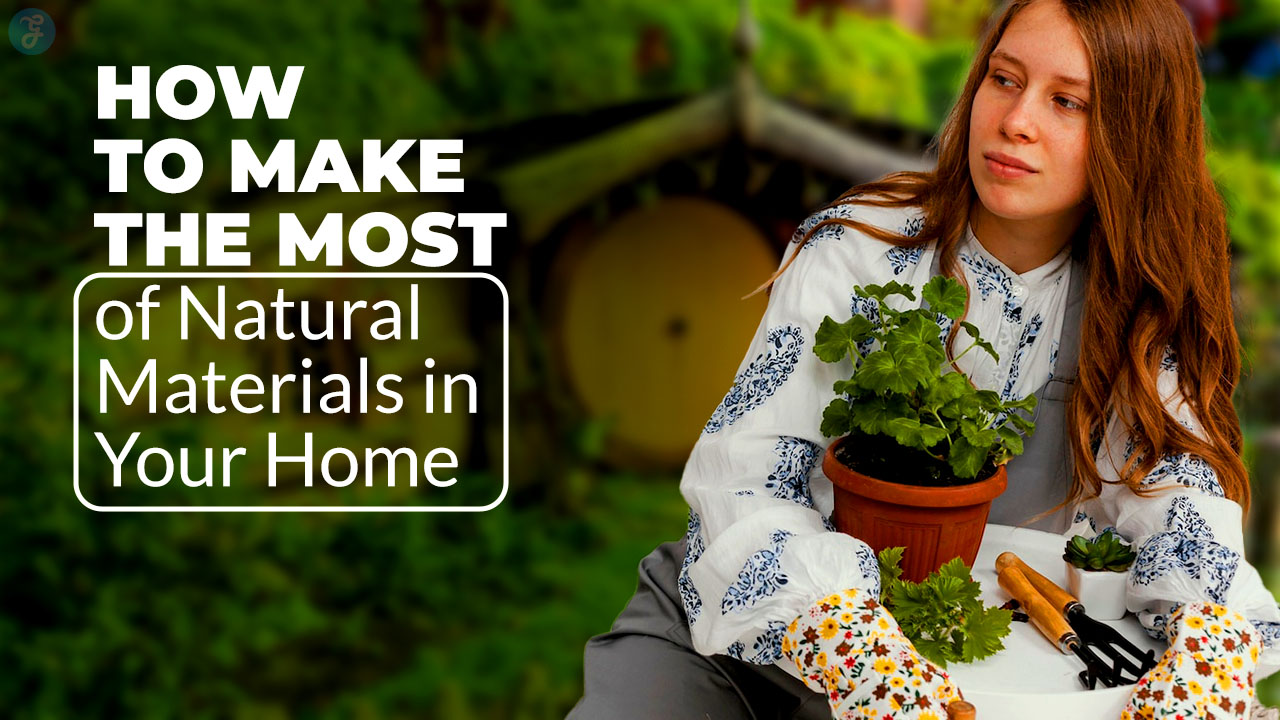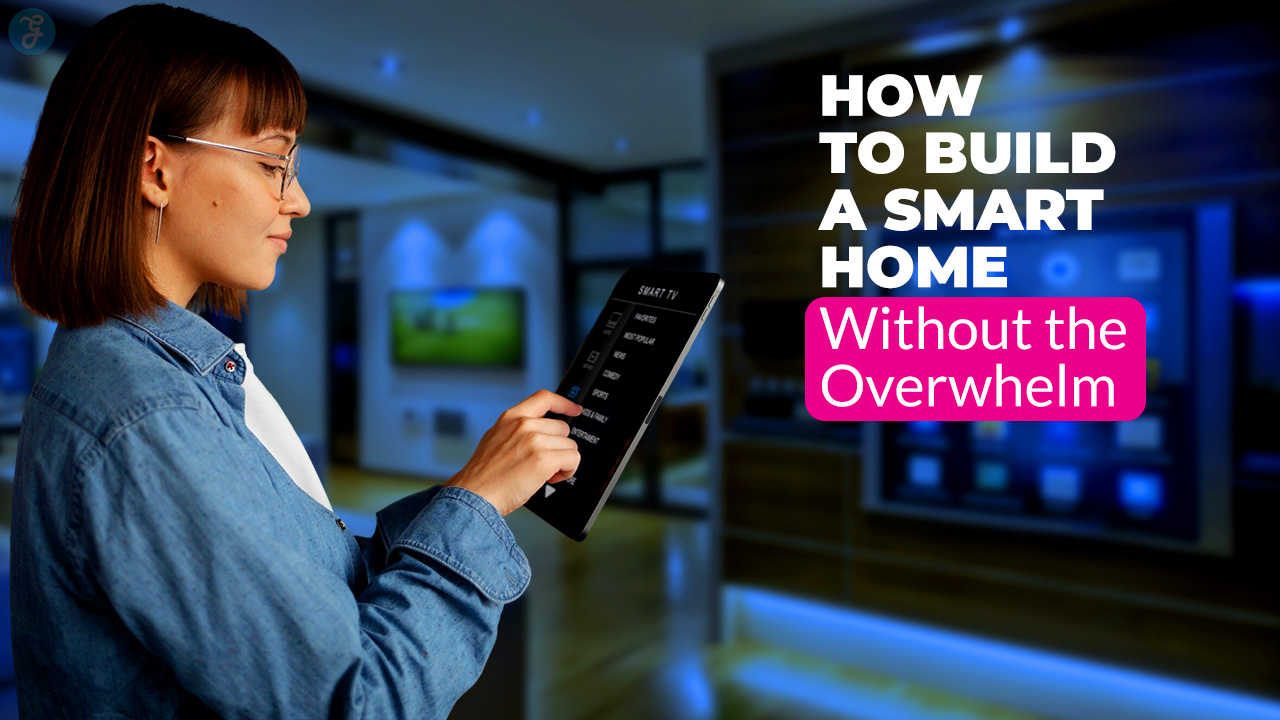Green roofs are becoming increasingly popular as homeowners seek sustainable and energy-efficient solutions for their homes. These innovative roofing systems offer numerous benefits, from improved energy efficiency and stormwater management to extended roof life and providing a habitat for wildlife.
However, they also come with a significant initial investment. In this guide, we’ll explore the various costs associated with green roofs in 2024, the factors influencing these costs, and the benefits of installing a green roof on your home.
Average Cost of a Green Roof
The average cost of installing a green roof is around $22,000, though prices range from $12,000 to $40,000.
This wide range in cost is due to several factors, including the type and size of the roof, the pitch of the roof, the chosen green roof system, labor fees, and necessary permits. Understanding these factors can help homeowners budget accurately for their green roof installation.
Key Cost Factors
1. Roof Size and Type
The roof size is a primary factor influencing the cost of a green roof installation. Larger roofs require more materials and labor, which increases the overall cost. Homeowners can expect to pay between $10 and $30 per square foot for a green roof.
The type of green roof also affects the price. Extensive green roofs, which are lightweight and require minimal maintenance, are among the most affordable options.
In contrast, intensive green roofs, which support various plants and require more maintenance, are typically more expensive and better suited for more significant buildings.
2. Roof Pitch and Accessibility
The pitch of the roof and its accessibility can significantly impact the labor costs of a green roof installation. Steep roofs are more challenging and hazardous, leading to higher labor fees. Additionally, roofs that are difficult to access due to multiple stories or obstructions around the home will increase the overall project cost.
Modular green roofing systems are unsuitable for roofs steeper than 20% to 30% (11 to 16 degrees), as the trays can slip on a steep slope with the added weight of the growing media and vegetation.
3. Green Roof System
Homeowners can choose between modular trays and built-in green roof root barrier systems. Modular tray systems, costing $10 to $30 per square foot, are easier to install and maintain, especially on suitable roof pitches.
Built-in systems offer a more permanent and customizable solution, costing $20 to $35 per square foot. These systems are typically lighter and more suitable for steeply pitched roofs.
The choice between these systems depends on the homeowner’s preferences and the specific requirements of their roof.
4. Labor and Permits
Labor costs for installing a green roof range from $5 to $10 per square foot. These costs vary based on location, project difficulty, and the roofing company’s rates.
Additionally, homeowners may need to obtain permits for the installation, with fees ranging from $200 to $500. It’s essential to verify whether a license is required and ensure that the roofing company handles the acquisition process.
5. Vegetation and Growing Media
The type of vegetation chosen for the green roof can affect the overall cost. Low-cost options include moss and grasses, while shrubs and small trees are more expensive.
The growing media, a mixture of soil, sand, and organic matter, also influences the cost. Inorganic growing media like sand, gravel, or crushed stone are less expensive and require less maintenance. Organic growing media like compost or peat moss are more costly but offer better drainage and aeration.
6. Annual Maintenance
Maintaining a green roof is crucial for its longevity and performance. Annual maintenance costs range from $0.75 to $2.00 per square foot, depending on the type of green roof.
Extensive green roofs, requiring less maintenance, are more affordable than intensive green roofs, which need more frequent care. Homeowners can hire green roof gardening professionals or handle maintenance, especially if they have a modular system.
Additional Costs and Considerations
Roof Inspection
Before installing a green roof, it’s advisable to inspect the existing roof to identify any necessary repairs. A typical roof inspection costs around $215 and helps ensure the roof can support the weight of the green roof. This step is essential to prevent structural issues such as bowing, bending, or collapsing.
Irrigation System
Installing an irrigation system can help maintain the green roof, especially for semi-intensive and intensive systems that require regular watering. While extensive green roofs generally don’t need irrigation, installing such a system can reduce hands-on maintenance. Proper drainage systems are also crucial to prevent water accumulation on the roof.
Solar Panel System
Biosolar green roofs combine vegetation with solar panels, providing energy and environmental benefits. However, due to weight considerations, residential homes may not always support both systems. The average cost of solar panels is around $26,579, and homeowners should discuss the feasibility of this option with a contractor.
Tax Rebates and Incentives
Green roofs offer environmental benefits, and many government agencies provide tax rebates and incentives to offset installation costs. Depending on the location, incentives can cover up to 30% of the cost of the green roof installation. Homeowners should check with local housing or energy organizations to determine program eligibility.
Benefits of Installing a Green Roof
Improved Energy Efficiency
Green roofs provide excellent insulation, reducing heat transfer and improving the home’s energy efficiency. This lowers heating and cooling bills, making the house more comfortable and cost-effective.
Stormwater Management
Green roofs help manage stormwater by absorbing rainwater and reducing runoff. This prevents excess water from accumulating around the home’s foundation, reducing the risk of leaks and water damage.
Extended Roof Life
An adequately maintained green roof can last between 40 and 50 years, significantly longer than traditional roofs. This extended lifespan makes the initial investment worthwhile, as homeowners must replace the roofless frequently.
Natural Habitat for Wildlife
Green roofs provide a habitat for local wildlife, including birds, bees, and other species. This promotes biodiversity and helps maintain the ecological balance in urban areas.
Reduced Noise Pollution
The layers of vegetation and growing media on a green roof can reduce noise pollution, making the home quieter and more peaceful. This is particularly beneficial for homes near busy streets or noisy neighbors.
DIY vs. Hiring a Professional
While some home renovation projects can be handled by experienced DIYers, green roof installations are best left to professionals. The complexity of green roof systems and the risk of structural damage make professional installation crucial. Homeowners should research local roofing companies, check references, and ensure the chosen company has experience with green roofs.
How to Save Money
Homeowners can save money on green roof installations by obtaining multiple quotes, choosing a modular system, and opting for extensive green roofs. DIY maintenance can also reduce ongoing costs. Additionally, applying for rebates and incentives can offset the initial investment.
Final thoughts
Installing a green roof is a significant investment that offers numerous benefits, including improved energy efficiency, stormwater management, and extended roof life.
By understanding the costs and factors involved, homeowners can make informed decisions and enjoy the advantages of a green roof. As climate change becomes more pressing, green roofs provide a sustainable and eco-friendly solution for modern homes.







































